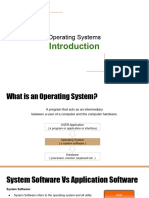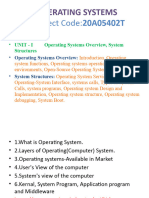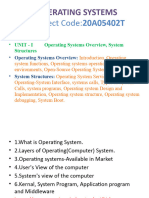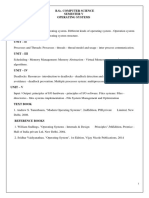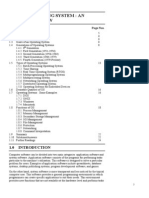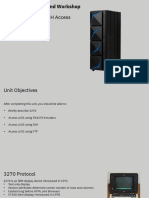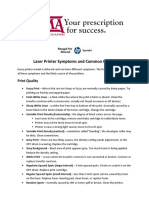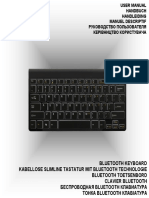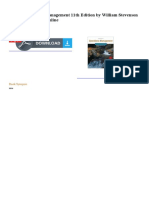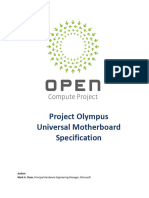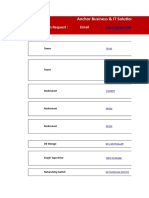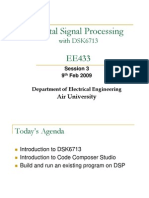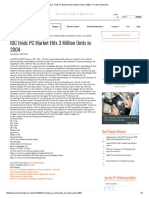0% found this document useful (0 votes)
38 views29 pagesOperating Systems-1-Introduction - Structure
Brac University CSE321 Resources
Uploaded by
Debjoty MitraCopyright
© © All Rights Reserved
We take content rights seriously. If you suspect this is your content, claim it here.
Available Formats
Download as PDF, TXT or read online on Scribd
0% found this document useful (0 votes)
38 views29 pagesOperating Systems-1-Introduction - Structure
Brac University CSE321 Resources
Uploaded by
Debjoty MitraCopyright
© © All Rights Reserved
We take content rights seriously. If you suspect this is your content, claim it here.
Available Formats
Download as PDF, TXT or read online on Scribd
/ 29

